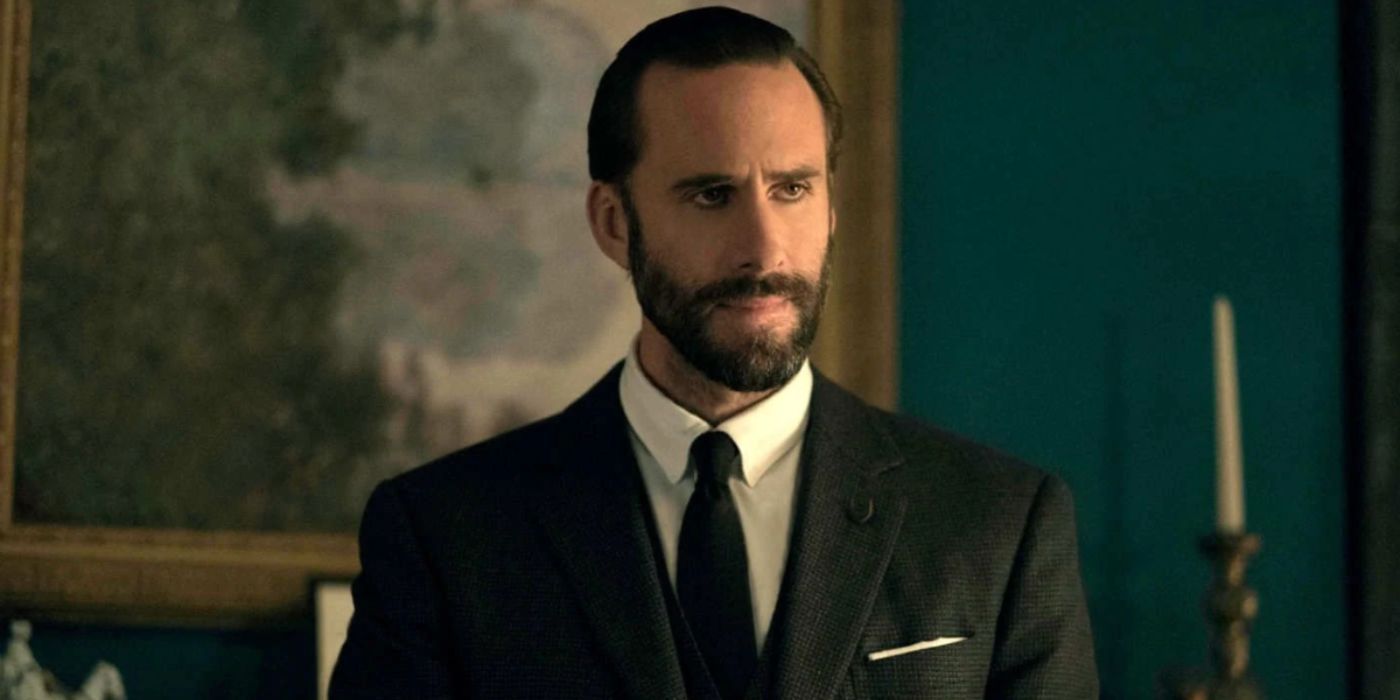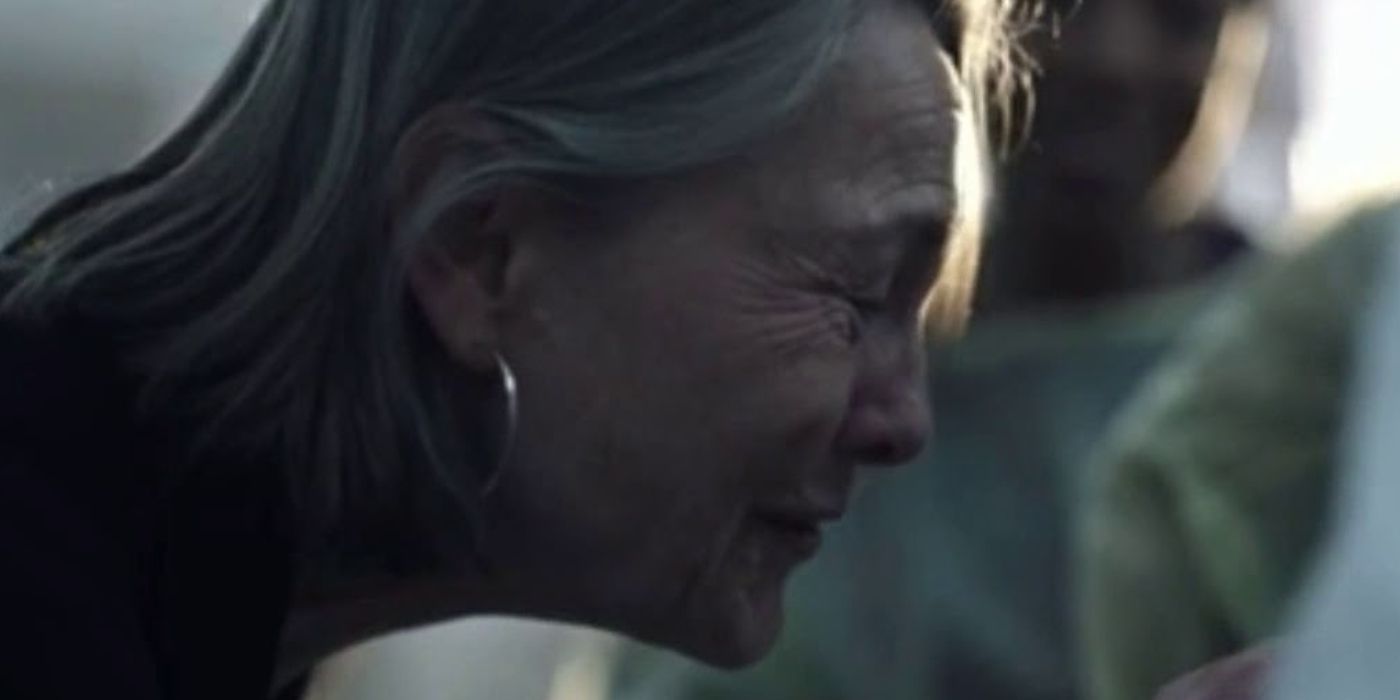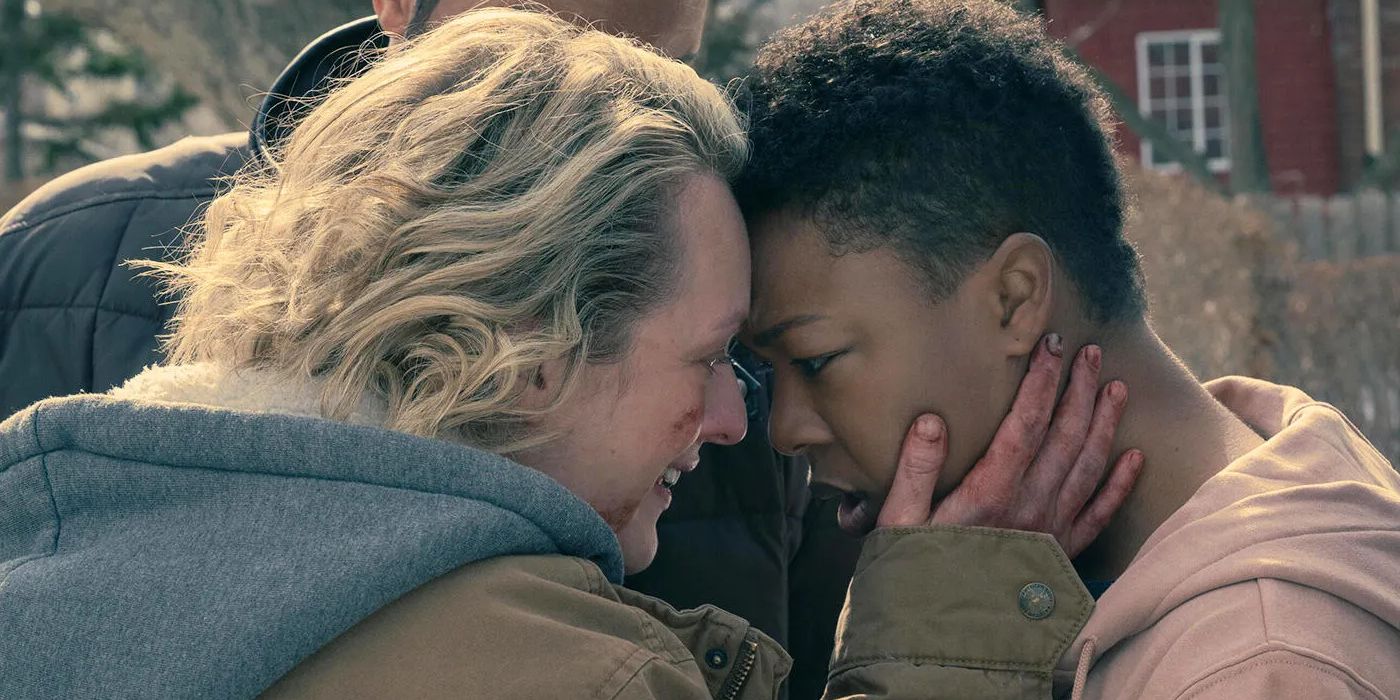The Handmaid’s Tale Needs to Raise the Body-Count—Here’s Why Season 6 Feels So Tame
(Spoilers for Season 6 below)

For a show set in one of TV’s bleakest dystopias, The Handmaid’s Tale has been remarkably reluctant to kill off major characters. Gilead executes people daily, yet across five-plus seasons the series has lost only a handful of supporting players—Eden in Season 2 and, of course, Fred Waterford in Season 4. Those deaths mattered, but they were narratively “safe”: Eden was peripheral, and Fred’s demise felt inevitable.

Now, in its sixth and final season, the series is supposed to be in full-scale rebellion mode. June, Moira, and their allies are staging risky missions, infiltrating Jezebel’s, and dodging bombs at the border—yet everyone keeps surviving. The result: the stakes feel strangely low. When Commander Lawrence swoops in (again) to pull June out of danger, the show repeats a pattern that drains tension instead of building it.

It isn’t that The Handmaid’s Tale lacks consequences—Janine’s trauma and Serena’s amputated finger prove otherwise. But a revolution against a regime this brutal should carry a higher human cost. Without it, Gilead’s menace—and June’s bravery—start to look abstract.


A meaningful loss could also push characters forward. Imagine if Moira died during the Jezebel’s raid: June would grapple with guilt and be forced to confront the price of her crusade, deepening her arc as the conflict reaches its climax. That kind of sacrifice would remind viewers what freedom truly costs.


With only a handful of episodes left, the show has promised us a final, decisive uprising. To make that payoff land, it may have to take the hardest step of all: let some beloved characters fall. If The Handmaid’s Tale ends without demonstrating the real price of rebellion, its last chapter risks feeling as safe as the ones before it—and that would betray everything these women have endured.
